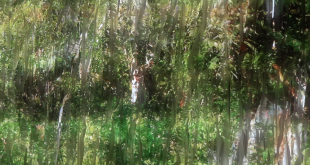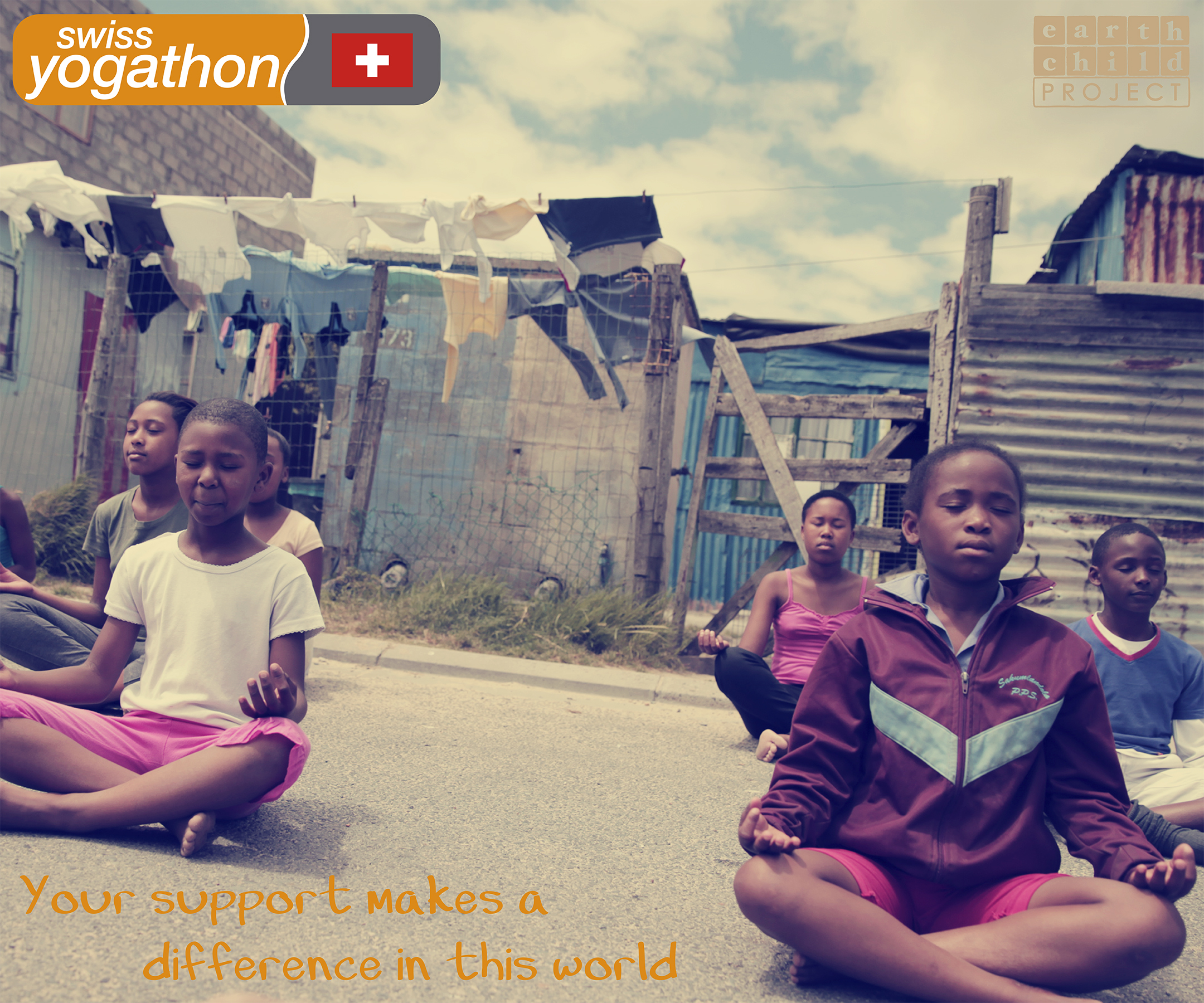Our planet is one of those places in the universe that is close to a star – the sun. Our Sun provides the light and energy which allows life to exist on Earth. It is our dominant energy source and any change to this output also affects the energy balance of the Earth’s surface. Besides being a food source for every form of life, the Sun has also created seasons and times of day, which give rhythm to nourishment and reproduction.
Many animals are found to time events in their lives according to seasons, coordinating mating times so that birth is during a season where food is plentiful. Animals and plants sense the shortening of the days in Autumn, announcing the arrival of winter, and in Spring the lengthening of the light signifies the arrival of Spring and Summer. In Autumn, many plants and animals get ready to hibernate for the winter period and birds migrate to the South, returning in the Spring when nature comes to life and the trees and plants start their new growth. It is the important factor of light and day/night cycle.
In the days prior to electricity and alarm clocks, we woke with a rooster crowing, announcing the first light of day, and went to bed when the last light of day had gone. Daylight announced the start and end of many activities.
Today, we wake to the sound of an alarm clock, we live more confined lives, working indoors for most of the day. Some of us rarely see the sun anymore due to long working hours and time spent commuting to work before dawn, returning home after dark.
We often underestimate the importance of light in our lives and generally take it for granted, forgetting its role in our own health and wellbeing, and for all life on our planet. All living organisms need light to survive. Studies have shown that the amount of light affects the regulation of our emotions, such as happiness and sadness through the nervous and endocrine systems. The incidence of suicide is higher in countries that have less hours of daytime, and depression is often experienced during the winter months.
Have you ever wondered why your moods seem to change with the seasons? It is not actually due to the seasons, but the amount of light received throughout the different times of the year. The intensity of light can also have an impact on the intensity of our emotions. Seasonal Affective Disorder or SAD is a mood disorder or condition associated with seasonal light changes. It varies with geographical location and is manifested by symptoms of depression during certain times of the year, in particular the winter months.
Exposure to natural light has a positive effect on our circadian rhythms and in turn promotes many aspects of health. Light determines our sleep/wake cycle which is so important for brain function and body regulation. We absorb light through our eyes and our skin which our bodies utilise on a cellular level. The circadian rhythm is critically important to our health as it affects our immune system, blood pressure, ability to fight of disease, hunger and obesity. Disruption of these rhythms can result in insomnia, depression, cancer and cardiovascular disease.
The hormonal reaction to light is what causes and promotes the diverse actions of the body and health. When light hits the optic nerve, the brain slows down on the production of Melatonin, a naturally occurring hormone that controls sleep, and increases the production of serotonin, a neurotransmitter associated with wakefulness and the feeling of happiness. The more sunlight the body receives, the more serotonin the brain produces. The body also creates Vitamin D from the sun’s ultraviolet rays which help our bodies maintain higher levels of serotonin.
Melatonin production also influences the functioning of other parts of the body. During darkness and sleep it modifies the secretion of hormones from organs such as the pituitary, which regulates the secretion of hormones controlling growth, milk, egg and sperm production. It also regulates the thyroid which is concerned with metabolism and the adrenal glands which control the excretion of the body’s waste. The fluctuation of light and darkness brought on by the seasons of the year will influence rhythms of reproduction, growth and activity in humans and animals. The seasons have been seen to influence the timing and duration of sleep, alertness, eating habits and moods.
Light is energy and energy is everywhere and in everything. Where you focus your thoughts, energy follows. Apart from inner balance, from a mental, physical and emotional perspective, the practice of yoga is also the light. Through mindfulness and understanding, we are able to be present and not live in the darkness. Light is not only physical – it is essential.






